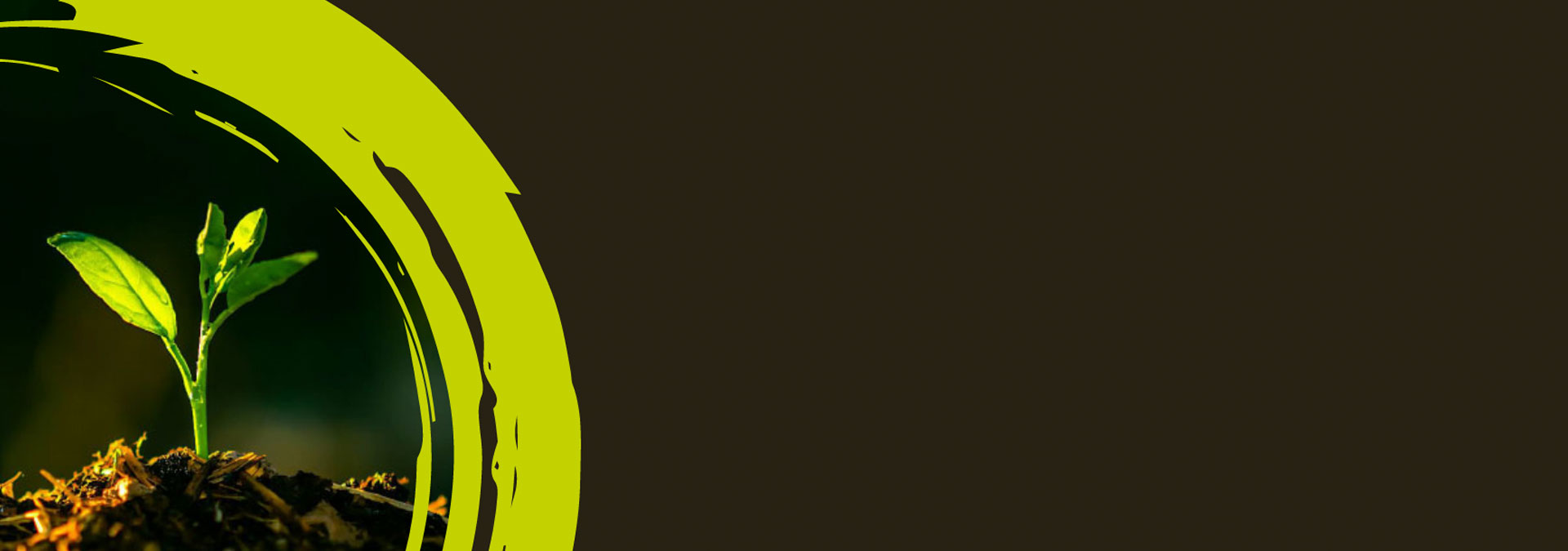How The Netherlands and Ethiopia have together re-imagined agriculture
The Netherlands and Ethiopia – 2 countries that conjure up very different images in my mind’s eye. One famous for tulips, beer, and achieving stunning agricultural innovation and breakthroughs that have put it on the global map as a leading agricultural producer and exporter – a remarkable achievement for a small nation with none of the natural endowments to succeed in agriculture. The other renowned for some of the best coffees in the world thanks to its wonderful growing conditions, and Lucy – who at 3.2 million years old, is the world’s oldest fossilised ancestor. Somewhat more recently, the Ethiopian government is now also making a name for itself in its approach to agriculture and food security, investing far more than the average African country which will help it achieve its potential in agriculture. Bring together academic teams from Wageningen University Research and Addis Ababa University and they may just have developed one of the most critical solutions to ‘Re-imagining’ agriculture that we have seen.
As a global food and agri-business, investing in farmers and our own plantations across the world, we are constantly monitoring and assessing the best areas for crops to grow. But with the rate of weather changes and stark warnings on biodiversity loss, air pollution and soil degradation, there is increasing risk that what is planted today might not be suitable for those fields in the future. But how to tell? While there has been extensive and highly useful research on land evaluation and assessing soil health, there has been no real way to optimise crop performance at scale and over time. Until now.
Through the CASCAPE project and the Agricultural Growth Programme of the Ethiopian government, over 200,000 farmers in South Western Ethiopia are using new improved crop varieties and applying new agronomic practices to unlock higher yields, pulling themselves out of subsistence farming and into self-sufficiency. Already the results have been positive with yields increasing threefold for wheat and doubling for Tef and Faba bean. Building on the strength of this project, a new novel approach - ‘Innovation Mapping for Food Security’, or IM4FS - combines ‘best-fit’ combinations of crops, innovative farming technologies, and environmental and socio-economic information to build ‘recommendation maps’ for interventions in agri-landscapes and food insecure areas.
It is for this reason that we have jointly awarded Wageningen and Addis Ababa University research teams with the Olam Prize for Innovation in Food Security. With the US$75,000 prize fund, the team aims to scale up these innovations and make them work for many more farmers across the country. Ethiopia is the second largest country in Africa for arable land, but imports half of its food; making it the perfect example of a country in need of an innovative farming solution. IM4FS will provide an opportunity for government institutions to simulate which interventions should be done where, and when, helping them to boost agricultural productivity and solve food security.
During the judging process convened by our partner Agropolis Fondation, the jury was impressed by the huge potential of these innovations to be rolled out at scale; transforming the food systems and security of entire landscapes, and eventually countries. But it is the words of Alifya Abasharaf, a wheat farmer in the Omonada district of Ethiopia, that best sums up the impact of this project: “One thing I have learned is with the right variety, right agronomic practice, and support from the right expert we can produce much more. Now, we know how to use our land and had we done this before our lives would have been so different.”
From everyone at Olam, and on behalf of farmers across the world, we thank Dr Tomaso Ceccarelli, Dr Elias Eyasu Fantahun and their whole team for their dedication - we understand this innovation has been 3 years in the making. I also take this opportunity to thank all of the other entrants for the Olam Prize from institutions including ColdHubs, International Institute of Tropical Agriculture (IITA), UC Davis, and Strathclyde University. Your combined efforts are critical if we are to have any hope of meeting the UN Sustainable Development Goals. As we say in Olam, you are all ‘Re-imagineers’.
Read more about the Olam Prize for in Innovation in Food Security, including the work of our previous two winners on the System of Rice Intensification and the development of a non GM strain of wheat that can grow in the heat of the Senegal basin, here.

